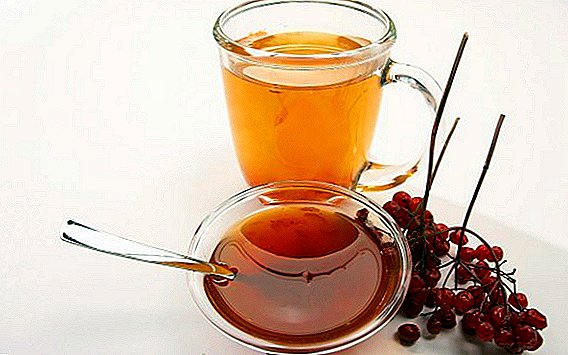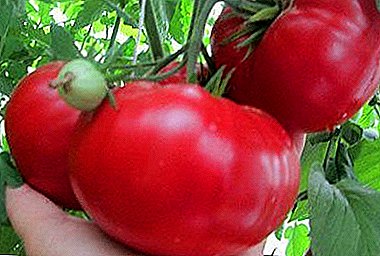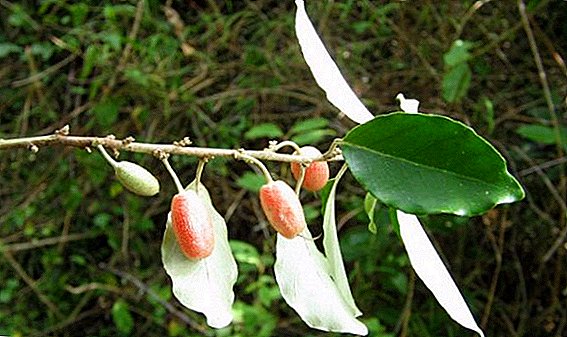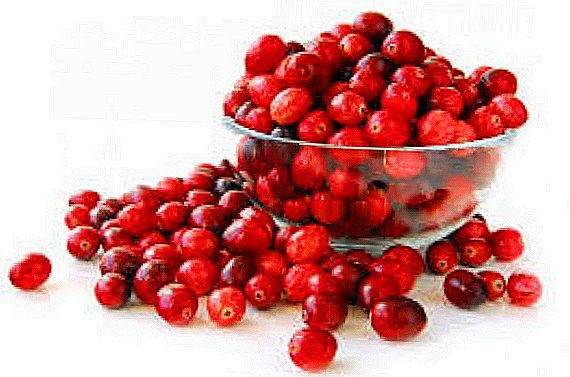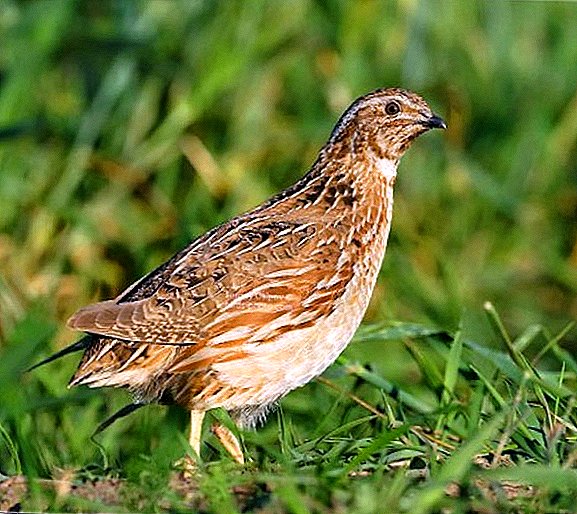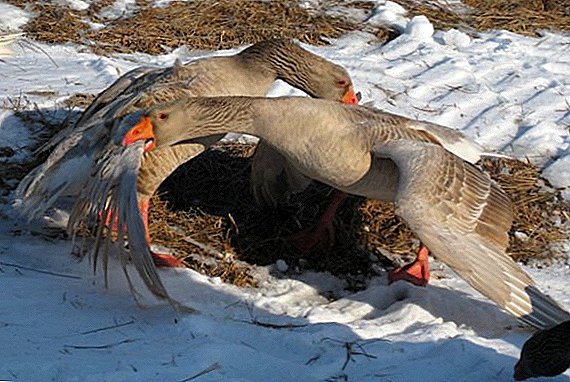 Among all the variety of fighting geese, the Gorky and Tula ones deserve special attention. These are the two most popular fighting breeds. Unique birds are common in rural farmsteads, farmers, and poultry farms. On the breed signs of these popular birds, as well as the fact that they are goose duels, we'll talk in this article.
Among all the variety of fighting geese, the Gorky and Tula ones deserve special attention. These are the two most popular fighting breeds. Unique birds are common in rural farmsteads, farmers, and poultry farms. On the breed signs of these popular birds, as well as the fact that they are goose duels, we'll talk in this article.
Gorky fighting geese
This breed can not only be trained for fighting, but also to breed for obtain eggs and meat. 
Appearance and physique
These are quite peaceful and friendly-liking birds, they perfectly get along with geese of other breeds and with other birds that are available on the farm. Despite their quiet nature and low clumps, these birds take part in battles due to the very rapid weight gain. Plus, the bird is very mobile and active. However, they will have to work with pets, because cruelty is not inherent in them, such as, for example, the Tula geese, to the study of which we will return.  External distinguishing features of the breed:
External distinguishing features of the breed:
- case: wide, elongated, slightly upturned from the front;
- back: broad, slightly inclined to the tail;
- tail: well shaped, slightly upturned;
- chest: powerful, rounded, upturned;
- stomach: well formed, with single or double fold;
- wings: medium sized, tightly hugging the sides of the body;
- head: medium-sized, with a small growth (tubercle) on the frontal part;
- eyes: small, dark brown or blue color;
- beak: medium in length, straight, orange colored, under the beak there is a so-called purse (pouch) of large size;
- neck: relatively long, strong, in the upper part there is a slight bend;
- shins: well formed, weakly protruding;
- metatarsus: short, orange colored;
- feather cover: dense, predominantly pure white in color, but may be light gray, gray-spotted, dark gray or brownish.

Weight indicators
Thoroughbred Gorky geese very quickly gain weight - at 2 months of age, the average live weight of a bird is 3.5-3.8 kg. Too small individuals are considered marriage. The strong body of an adult bird has an impressive weight: the live weight of the gander is 7-8 kg, and the goose - 6-7 kg.
Check out the largest breeds of geese: Toulouse, Kholmogory, large gray, Linda, Arzamas, Chinese.
Egg production
Egg production an average of 45-50 eggs per year. Some geese produce up to 60 pieces and for a given breed such an amount means high egg productivity. The standard egg weight is 150 grams. The color of the shell is white.
Fertilization of eggs - 90%, hatchability of goslings - 70-80% of the eggs laid; chick survival rate is quite high (85-95%). Such indicators are achieved only by keeping eggs in an incubator, because females of Gorky breed rarely become chicks.
Did you know? Feathers of geese are covered with fat, so the water from these birds literally rolls down. Hence the expression "water off a duck's back".
Tula fighting geese
Tula geese are representatives of a unique ancient breed, which for several centuries has been used to participate in fights. In addition, these fighting birds give good down and meat. These birds are also called hooky bears. 
Appearance and physique
This breed is characterized by natural aggression, it is very difficult for them to live with other poultry. These geese are very mobile, lead an active lifestyle. By the age of 5 they can be used to participate in battles.  External distinguishing features of the breed:
External distinguishing features of the breed:
- case: strong, wide, rounded, placed almost horizontally;
- back: wide, flat, straight, slightly humpbacked;
- tail: well shaped, set horizontally;
- chest: fat, wide, rounded;
- stomach: well formed, with a small single fold;
- wings: large size, with strong shoulder muscles, the edges of the wings do not intersect;
- head: small in size, almost round, with powerful muscles of the cheeks, wide frontal part and a steep nape;
- eyes: large, bulging, almost black or bluish tint. The eyelids are clearly visible, painted in a light mustard color;
- beak: rather short, thick, dull; the upper outline of the beak is a continuation of the frontal bone; ribbed tubercles can be observed on the surface; the color of the beak is yellow or pale yellow, and its tip has a light cream color; according to the shape of the beak, the Tula breed is divided into three types - lozenge (upper outline slightly concave), straight-bearing (absolutely straight-beak), steep-toed (convex upper part);
- neck: rather short, powerful, with a slight bend at the top;
- shins: strong, muscular;
- metatarsus: widely spaced, of moderate length; color - orange-yellow with a dark patina of varying intensity;
- paws: rounded, large, strong; paw color is similar to plus;
- plumage: tight-fitting, color - dark mustard or gray with chestnut and white patches.
Did you know? Ganders make about 10 different sonic tonalities with which they express their feelings. But everyone knows "ha-ha-ha" utters exclusively female.
Weight indicators
The live weight of the chick at 2 months of age is 4 kg. Growing up, the bird reaches an average value - the weight of an adult male is 5.5-6 kg, and that of a female is 5-5.5 kg. 
Egg production
The female diligently incubates and protects the offspring. Egg production is 25 eggs per year. The weight of one egg is 150 grams. The color of the shell is white.
We advise you to read about the beneficial properties and use of goose meat, eggs, fat.
How are the fights between the fighting geese?
Goose battles are held according to a number of rules created in the last century. At these events, the constant presence of not only huss, but also of females. Geese play the role of catalysts for contractions - they inflame the spirit of rivalry between the goose and prevent the battle from ending prematurely. There are up to three geese per male in the pack.  First of all, all participants are divided according to weight and age indicators. Before the start of the fight they call the nickname of a warrior and his relatives, who had previously won a title. There is a code of battles according to which the owners of birds are allowed to control the course of the battle themselves.
First of all, all participants are divided according to weight and age indicators. Before the start of the fight they call the nickname of a warrior and his relatives, who had previously won a title. There is a code of battles according to which the owners of birds are allowed to control the course of the battle themselves.  If one of the warriors pinches an opponent for the head, then the battle is suspended. And if the gander repeats such a trick three times, it is removed from the field. In no case should a fighter peck an opponent in the eye, for this he is immediately sentenced to disqualification.
If one of the warriors pinches an opponent for the head, then the battle is suspended. And if the gander repeats such a trick three times, it is removed from the field. In no case should a fighter peck an opponent in the eye, for this he is immediately sentenced to disqualification.
Important! It is strictly forbidden to lubricate parts of the body of the bird with pepper or any kind of ointment. For the use of such methods are punished with the exception of the gander from the battlefield.
The battle ends with the fact that the weaker fighter immediately realizes that he does not survive, and leaves the field. However, there are situations when someone does not want to end the fight - in this case, the judge decides whether or not to assign additional time. If none of the contenders has surrendered, the champion chooses the jury. Professionals evaluate who is stronger and more promising, and announce the nickname of the winner. The best gander are awarded a special diploma, as well as a bag of food or a cash reward.
Video: Tula fighting geese fight
Features breeding fighting geese at home
For the breeding offspring of fighting geese are required healthy strong parents. Geese begin to form families at the age of seven to ten months (200-250 days). Over the next three years, they are actively rushing. The weight of the gander should be slightly higher than the average, and the weight of the females should be slightly below average. Hatching eggs is carried out in a natural way or in an incubator.
Prepare a separate room for nests. Systematically ventilate the room, trying to keep the temperature at +20 ° C. Under one goose you can lay no more than 13 eggs. Examine the clutch a couple of times, removing unfertilized and dead specimens. After the chicks are born, plant them in a container previously allocated for this purpose. In the evening, do not forget to return the mother goslings. A goose usually takes care of no more than 20 babies.
Tips for poultry farmers: breeds of geese for home breeding; how to keep goslings and geese; how to choose a goose for a tribe, determine the sex of geese; slaughter and butcher the goose.
The temperature in the room where the chicks live should also be constant - within + 20 ... +22 ° С. From the purity of the cells and the proper ventilation system depends on the coefficient of preservation of young. 30-day chicks need to start to let out into the fresh air. Let's take a walk for half an hour, then gradually increase the length of the walk.  Adult fighting geese are unpretentious to the conditions of detention, have excellent health (they can get sick only occasionally), easily withstand low temperatures. However, despite such a strong immunity, there is a number of recommendations that allow to increase the number of poultry:
Adult fighting geese are unpretentious to the conditions of detention, have excellent health (they can get sick only occasionally), easily withstand low temperatures. However, despite such a strong immunity, there is a number of recommendations that allow to increase the number of poultry:
- the year-round maintenance of birds implies the presence of a warm closed poultry house;
- the temperature indicator in the dwelling in winter should not fall below +10 ° C;
- in winter, birds need a bed of straw and peat;
- in the dwelling should be installed drinkers, feeders;
- sand tanks are also required;
- for food, birds are unpretentious, grow on standard combined feed.
Important! Geese require regular water procedures, so their home should be located next to the reservoir. Or you can arrange in the courtyard small artificial lake.
In conclusion, we note that goose duels are organized not only in order to demonstrate their winner to other owners. The aim of the battles is also to attract the interest of other farmers, as well as to provide opportunities for breeders to share their experience.


